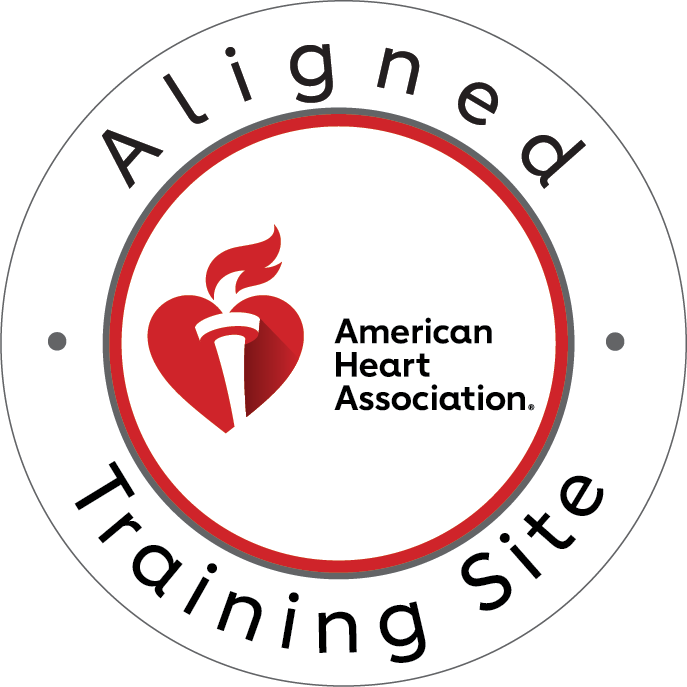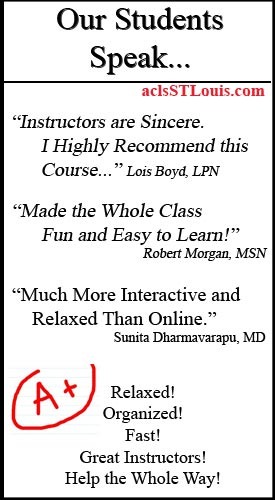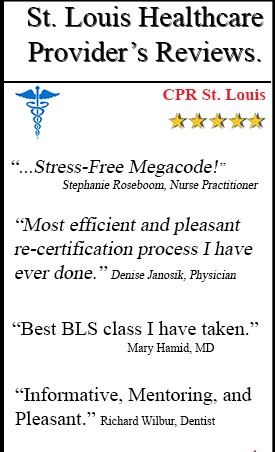In emergency medicine, establishing and maintaining an open airway is the first and most urgent priority. When dealing with unconscious patients, especially those with suspected spinal injuries, the jaw thrust maneuver becomes an essential tool. This airway management technique is specifically designed to open the airway without moving the head or neck, making it particularly valuable in trauma scenarios. Understanding how to perform the jaw thrust maneuver and when to use it can make a life-saving difference, especially in the early stages of resuscitation. Whether you’re a healthcare provider, first responder, or aspiring CPR-certified individual, this knowledge is a critical part of your skill set.

What is the Jaw Thrust Maneuver Used For?
The jaw thrust maneuver is primarily used to open the airway in unresponsive patients who are not breathing adequately or at all. When someone becomes unconscious, the muscles that keep the tongue in place relax, and the tongue can fall back into the throat, blocking the airway. The jaw thrust works by repositioning the lower jaw forward, which in turn moves the tongue away from the back of the throat and allows air to pass freely. This simple yet effective action helps restore airflow and is often a critical step in the chain of survival. It’s especially crucial when cervical spine injury is suspected and the head cannot be safely tilted.
Step-by-Step Guide to Performing the Jaw Thrust Maneuver
Performing the jaw thrust maneuver requires correct technique and attention to detail. First, the rescuer should position themselves at the top of the patient’s head. Place your hands on each side of the patient’s head and locate the angles of the jaw just below the ears. Using your index and middle fingers, push the lower jaw upward and forward. At the same time, use your thumbs to gently open the mouth if needed. A successfully performed jaw thrust will often produce visible chest rise or allow for unobstructed ventilation when paired with a bag-valve mask. However, common mistakes include applying insufficient upward force or pressing the jaw in a direction that doesn’t clear the airway. Practice with feedback devices or under instructor guidance helps build accuracy.
Step-by-Step Guide to Performing the Jaw Thrust Maneuver
There are several situations where the jaw thrust maneuver is indicated. It is the preferred method for unconscious patients with suspected neck or spinal injuries, where the traditional head tilt-chin lift technique may exacerbate injury. It’s also used in trauma cases, such as motor vehicle accidents or falls, where cervical stability is a concern. Emergency medical professionals also rely on the jaw thrust during cardiopulmonary resuscitation (CPR), advanced airway management, and when preparing to intubate. In pediatric cases, the maneuver may require adjustments due to anatomical differences, but the principle remains the same: open the airway with minimal cervical spine movement.
Modified Jaw Thrust Maneuver
In certain scenarios, a modified version of the jaw thrust may be required. For example, the one-handed jaw thrust technique allows rescuers to maintain an open airway while simultaneously managing a bag-valve mask with the other hand. This variation is particularly useful in solo-rescuer situations or when equipment availability is limited. While the one-handed approach may not provide as much stability as the two-handed method, it is still effective and often necessary in pre-hospital or field settings. However, its success depends heavily on the rescuer’s skill, making proper training essential. Understanding when and how to use these variations ensures readiness in diverse emergency conditions.
Jaw Thrust vs. Head Tilt-Chin Lift: Making the Right Choice
One of the most common questions in airway management is when to use the jaw thrust maneuver versus the more familiar head tilt-chin lift. The key difference lies in spinal safety. The head tilt-chin lift is easier and generally more effective for opening the airway in patients without spinal injury. However, when spinal trauma is suspected, manipulating the neck can cause further harm. That’s where the jaw thrust shines—it opens the airway while keeping the cervical spine in a neutral position. Numerous studies support this choice in trauma care, and most advanced life support guidelines recommend jaw thrust as the go-to method in these cases. Knowing which technique to use—and when—is a vital skill taught in all professional-level CPR and first aid courses.
Training and Certification
Importance of Proper Training
Effective airway management is paramount for patient safety, and rigorous training forms its indispensable foundation. Even seemingly straightforward techniques, such as the jaw thrust maneuver, necessitate comprehensive hands-on practice to ensure proper execution, especially in high-stress clinical situations. The ability to perform this maneuver correctly and efficiently can be the crucial difference in maintaining a patient’s airway. Therefore, airway management training programs should prioritize practical application and simulation exercises to instill the necessary skills and confidence in healthcare professionals.
American Heart Association Guidelines
The American Heart Association (AHA) includes the jaw thrust in its certification courses, ensuring that healthcare providers and first responders are well-equipped to use it confidently. For those looking to develop or refresh their skills.
Resources for Certification through CPR St. Louis
CPR St. Louis offers a range of AHA-certified programs, including Basic Life Support (BLS), Advanced Cardiovascular Life Support (ACLS), Pediatric Advanced Life Support (PALS), and CPR with First Aid. These courses provide not only the technical knowledge but also practical simulations to reinforce life-saving skills like the jaw thrust maneuver.
Refresher Training Recommendations
Refresher training is just as important as initial certification. Over time, even well-learned techniques can fade without reinforcement. That’s why CPR St. Louis recommends regular renewal and review of CPR and airway management skills. Keeping up with the latest guidelines ensures you’re prepared for real-world situations where precision and confidence are critical. Moreover, feedback from certified instructors helps correct subtle errors and strengthen muscle memory for when it matters most.
Conclusion
In summary, the jaw thrust maneuver is a vital part of emergency airway management. Its ability to open the airway without compromising spinal integrity makes it indispensable in trauma and resuscitation scenarios. From unresponsive patients at the scene of an accident to critical care situations in hospitals, this technique plays a foundational role in saving lives. Proper training and regular practice ensure that the maneuver is executed safely and effectively when every second counts. CPR St. Louis proudly offers the hands-on, stress-free education needed to master this skill and many others in the emergency care toolkit.
About CPR St. Louis
As an American Heart Association-authorized training center, CPR St. Louis is dedicated to preparing healthcare professionals and community members with the knowledge and skills needed for emergency response. With courses in BLS, ACLS, PALS, CPR, and First Aid, our experienced instructors create a supportive environment for learners at all levels. For more information, class schedules, and certification inquiries, visit our website or contact our team directly. Be prepared. Be confident. Let CPR St. Louis help you save lives when it matters most.





